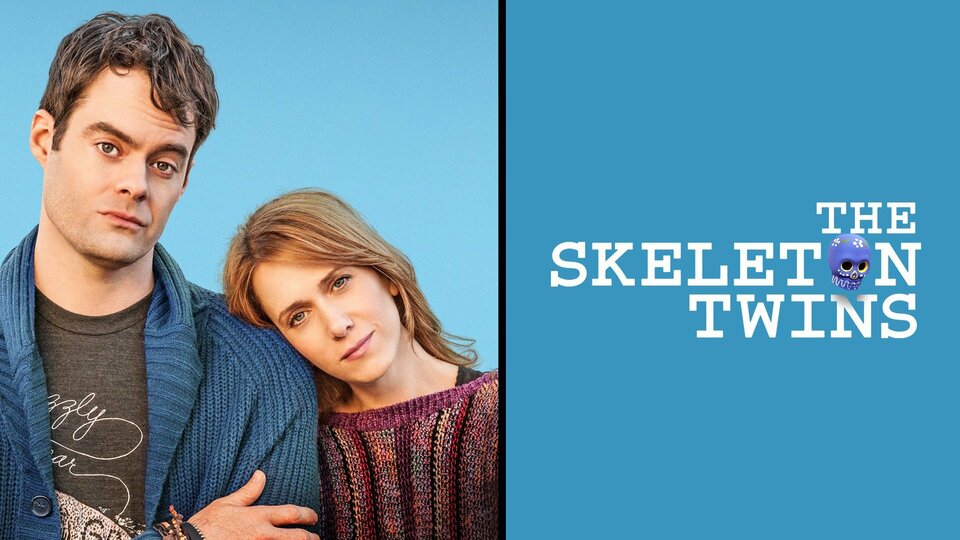“The Skeleton Twins” is a film that intricately weaves humor and tragedy into the lives of estranged twins, played by Bill Hader and Kristen Wiig. While its poignant exploration of mental health, sibling relationships, and the complexity of life is captivating, the behind-the-scenes narratives give rise to a myriad of intriguing revelations. Here are some fun facts that unveil the artistry and unexpected elements that shaped this remarkable film.
1. The Genesis of the Script
The screenplay for “The Skeleton Twins” was penned by director Craig Johnson and writer Mark Heyman. The duo took the unique approach of drawing from personal experiences, imbuing the script with an authenticity that resonates. They navigated through themes of depression and familial bonds, which emerged from their own lives. Importantly, they harbored a commitment to depict mental health truths rather than romanticize them, offering a raw and relatable perspective.
2. The Artistic Vision of Craig Johnson
Craig Johnson’s vision extended beyond mere storytelling. He sought to create a visual language that mirrored the emotional turmoil experienced by the twins. Each scene is deliberately crafted to amplify the narrative’s existential themes. The color palette, camera angles, and even the pacing are meticulously orchestrated to communicate complex emotional states, making the viewer’s experience profoundly immersive.
3. Casting Chemistry
The casting of Bill Hader and Kristen Wiig was serendipitous. Having previously starred together on “Saturday Night Live,” their comedic synergy transitioned into a dramatic realm with exceptional grace. What’s truly fascinating is that their camaraderie extended off-screen, where they frequently engaged in improvisation. This natural rapport enabled spontaneous moments of levity amidst heavier themes, enriching the film’s authenticity.
4. The Importance of Humor
Humor serves as a critical mechanism in “The Skeleton Twins,” acting as a conduit for addressing serious topics without diminishing their gravity. The filmmakers adopted a balanced approach, ensuring that moments of levity did not undercut the film’s poignant narrative. This careful calibration allowed the audience to explore the characters’ plights while simultaneously finding moments of reprieve—an essential aspect of real-life experiences with mental health challenges.
5. The Soundtrack’s Integral Role
Music acts as a powerful storytelling device throughout “The Skeleton Twins.” The film’s soundtrack is populated with carefully curated tracks that resonate with the characters’ emotional landscapes. From nostalgic hits to contemporary melodies, the selections were not arbitrary; they echo the narrative’s thematic currents. This meticulous attention to sound enhances the viewer’s immersion, enveloping them in the twins’ journey.
6. Locations of Significance
The film was shot in various locations across the suburbs of New York, each site selected with purpose. The settings serve as a counterpoint to the inner turmoil of the characters, invoking a sense of familiarity that underscores the twins’ shared past. The filming in real suburban locales allows audiences to connect deeply with the characters, emphasizing that the twins’ struggles are not confined to specific environments—they resonate across diverse backgrounds.
7. Crafting the Emotional Arc
The structure of the film deliberately oscillates between humor and pathos, mirroring the unpredictable nature of life itself. The twins’ trajectories are meticulously plotted, showcasing their interconnectedness through shared memories and traumas. The filmmakers employed non-linear storytelling elements that necessitate active engagement from the audience, compelling them to piece together the twins’ complex relationship as the narrative unfolds.
8. Addressing Mental Health Authentically
The creators of “The Skeleton Twins” took their responsibility to depict mental health issues seriously. They engaged mental health professionals during the writing process to ensure that the portrayals were both sensitive and realistic. This dedication yields a narrative that honors the struggles faced by those dealing with mental health challenges, dismantling stereotypes while raising awareness.
9. The Role of Symbolism
Symbolism permeates the film, serving as a visual reflection of the characters’ internal conflicts. From the titular “skeleton” theme to recurring imagery of decay and renewal, the filmmakers ingeniously intertwine visual metaphors with the characters’ emotional states. Such layered storytelling invites viewers to engage with the narrative on multiple levels, encouraging deeper contemplation about the themes at play.
10. Reception and Legacy
Upon release, “The Skeleton Twins” garnered critical acclaim, particularly for the performances of Hader and Wiig and its authentic portrayal of mental health. The film carved out a niche as a poignant exploration of sibling relationships, with many viewers commending its unique blend of humor and sadness. Its legacy continues to influence the discourse surrounding mental health in cinema, encouraging more filmmakers to tackle similar themes with sincerity.
In conclusion, “The Skeleton Twins” is a testament to the power of storytelling, particularly in how it navigates the intricacies of mental health and familial bonds. The film not only offers an engaging viewing experience but also provides behind-the-scenes insights that enrich the narrative. Through its thoughtful execution and innovative approaches, the film constitutes a compelling entry in modern cinema, leaving audiences both entertained and reflective.









